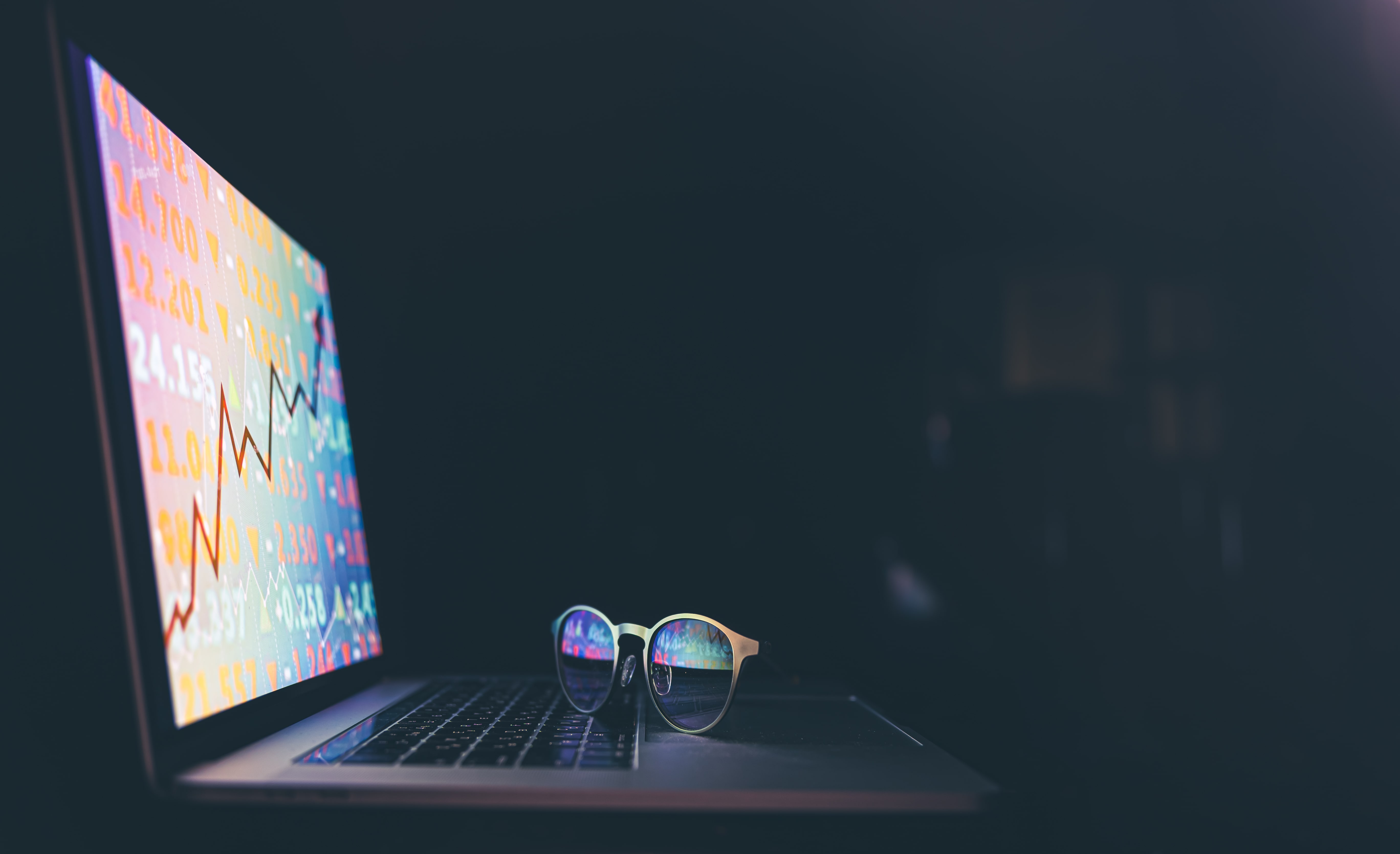Market Reversals and How to Spot
If you've been trading for any length of time, you have undoubtedly experienced a market reversal. These can be very frustrating as they seem to come out of nowhere and catch most traders off guard. In this blog post, we will discuss what market reversals are and how you can spot them to protect your hard-earned profits. So, let's get started!
A market reversal is defined as a change in direction of the price of an asset. This can happen in any market and at any time frame but is most commonly seen in the Forex market. Reversals usually occur after a sustained move in one direction and can be very sharp and fast. This is why it is so important to be able to spot them early so that you can take appropriate action.
There are a few key things that you should look for when trying to identify a market reversal:
1) A change in trend: This is probably the most obvious sign that a reversal may be occurring. If the market has been in an uptrend and suddenly begins to move down, or vice versa, this is a good indication that a reversal is taking place.
2) A change in momentum: Momentum is the rate of change in the price of an asset. If the market is moving higher and suddenly the pace of the move slows down or reverses, this is another sign that a reversal may be occurring.
3) A volume change: Volume is often used as a leading indicator for price changes. If the market is moving higher but volume begins to decline, it could be a sign that selling pressure is increasing and a reversal may be imminent.
4) Overbought/oversold conditions: This simply refers to when the market has moved too far in one direction and is due for a correction. An overbought market has risen too far too fast and is due for a pullback, while an oversold market has fallen too far too fast and is due for a rebound.
5) Support and resistance levels: These are key areas where the price of an asset has difficulty moving past. If the market is in an uptrend and hits a major resistance level but fails to move higher, this could be a sign that the trend is reversing. Similarly, if the market is in a downtrend and hits a major support level but fails to move lower, this could also be a sign that the trend is reversing.
By keeping an eye out for these key signs, you can increase your chances of spotting market reversals before they happen. This will allow you to take appropriate action and protect your profits.
Happy trading!
This blog post discusses market reversals and how traders can spot them. It explains that reversals usually occur after a sustained move in one direction and can be very sharp and fast. The post describes five key signs that a market reversal may be occurring: a change in trend, a change in momentum, a change in volume, overbought/oversold conditions, and support and resistance levels. By keeping an eye out for these signs, traders can increase their chances of spotting market reversals before they happen.
What is the best indicator for a reversal?
This is a difficult question to answer, as there is no one-size-fits-all answer. Different traders will have different preferences, and what works for one trader may not work for another. Some popular reversal indicators include the RSI (relative strength index), MACD (moving average convergence divergence), and the stochastic oscillator. These indicators can be used to help identify potential reversals in the market. However, it's important to remember that no indicator is perfect, and these should only be used as part of a broader trading strategy.
When looking for potential market reversals, it's also important to pay attention to key support and resistance levels. These are levels where the price has historically struggled to break through. If the price does manage to break through these levels, it could signal a potential reversal.
Another important factor to consider is market momentum. If the market is in a strong uptrend or downtrend, it's likely to continue moving in that direction. However, if the momentum starts to slow down, this could be a sign that a reversal is imminent.
Finally, it's also worth paying attention to news events and economic data releases. These can often provide clues as to which way the market might move next.
Remember that no one indicator is perfect and that reversals are often difficult to predict. The best way to trade them is to use a combination of technical analysis and fundamental analysis and to always use risk management when entering trades.
If you're looking for more information on technical analysis, check out our beginner's guide to technical analysis.














